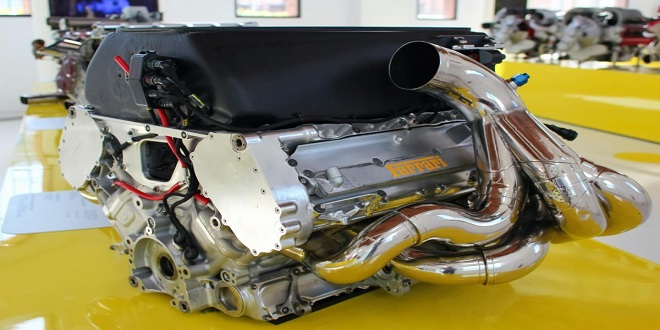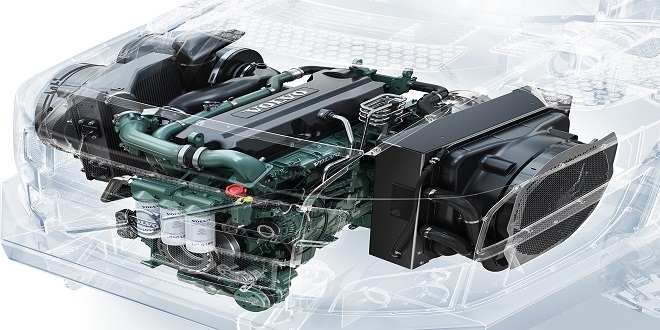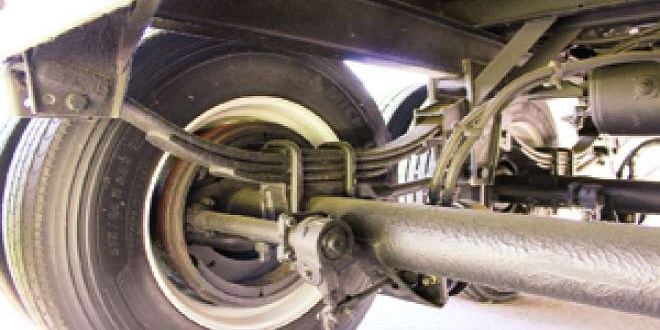The birth of internal combustion

With a pop and a splutter, the concept of personal transport with its own mobile power source suddenly came to life at the end of the 19th century. German pioneers worked out ways to create “light locomotives”—a leap of imagination that mixed the mobility of the bicycle with miniature versions of the stationary engines then revolutionized manufacturing industries. Within 20 years, the “automobile” industry itself was already thriving as, one by one, the design and reliability problems were systematically addressed.
Entrepreneurs could sniff riches and, by 1910, cars were already evolving away from being rich men’s playthings into consumer products that were competing for public favor. With a standardized format of front-engine, rear-drive, and a choice of bodywork, the automobile started to radically alter the landscape. The road network, refueling infrastructure, and the very design of our homes evolved to accommodate this brilliant new way to get ourselves where we wanted to be whenever we wanted to go there.
BENZ MOTORWAGEN
Although many automotive pioneers helped to shape the modern car, only Karl Benz actually “invented” it. His “Motorwagen” was made official in 1886, after his patents were registered. However, his spindly three-wheeler, with its single-cylinder, four-stroke internal gas combustion engine, spluttered into life on the roads of Mannheim, Germany, the previous year.
By a stroke of coincidence, Canstatt engineer Gottlieb Daimler had also designed a “high-speed” internal combustion powerplant in 1885. His motor ran on gas, but he chose to install it in a primitive motorcycle for demonstrations. Many years later, in 1926, the Daimler and Benz companies merged to form Mercedes-Benz. Yet there is no record of Karl Benz and Gottlieb Daimler ever having met (the latter died in 1900). Furthermore, their approaches to self-propelled vehicles were contrasting.
Apart from the different fuels used initially, Benz was not, at first, as progressive as his rival whose hot-tube ignition system better suited a mobile engine with its own portable supply of spirits. Daimler’s first car-like prototype of 1886 also provided the additional wheel that most car drivers quickly came to expect. On the other hand, Benz put an improved version of his tiller-steered tricycle on sale in 1888 (no regular production Daimler was on sale until 1892). Moreover, by 1893, his newly-designed Benz Velo became the world’s first production car. A transportation revolution was beginning.
LANCHESTER
The first-ever, all-British gasoline car took to the road in Birmingham in December 1895, when Frederick Lanchester fired up his prototype and eased it forward those first, historic feet. Fred had designed the whole thing from scratch, including the centrally located single-cylinder engine. It had a three-speed gearbox, and was steered by an upright tiller. Its cantilever spring suspension and torsionally stiff chassis gave—for the times—an astounding ride.
It could also do 15mph (24kph)—highly illegal at a time when cars were governed at 4mph (6kph) with an escort. What it couldn’t do was get up hills very well. Driver and passenger were both obliged to get out and help it up all but the gentlest slopes. That didn’t deter the young British maverick, however. Two years later, a new, more powerful and superbly balanced 214ci (3,500cc) twin-cylinder engine was installed. The car could now reach 18mph (29kph). In 1899, the Lanchester Engine Company was formed with plans to make a production car. This was easily feasible because the scrupulous Blanchester had created interchangeable components between each of his prototypes.
FORD “QUADRICYCLE”
The neighbors might not have realized it, but there was something of a “Eureka!” moment at 58 Bagley Avenue, Detroit in the early hours of June 4, 1896. At about 4am, Henry Ford’s first car clattered into life and set off on its maiden journey along the city’s dark and deserted streets. He was led by his friend Jim Bishop, riding a bicycle.
The tiny four-wheeled, single-seater contraption—the “Quadricycle”—was the result of considerable effort for Ford, then chief engineer of the Edison Illuminating Company. He built his first engine in 1893, and had spent every spare hour building a car for it ever since. In contrast to other early car-making attempts, Ford’s vehicle was extremely light.
Last word
The very first “Ford” car had proved that the new technology could be made on a scale many times smaller than the other key self-propelled vehicles of the day—railroad locomotives. But it was only the beginning for Henry Ford, who immediately set about refining the Quadricycle, substituting many of its wooden parts with sturdier metal components.




